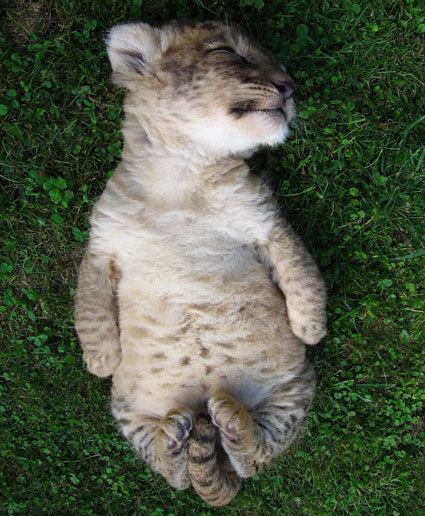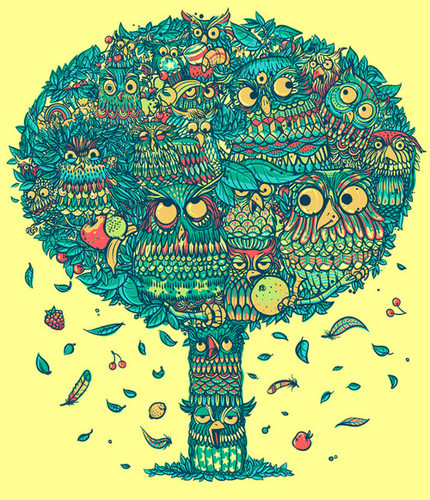Wednesday, May 25, 2011
Who wants to live for ever? A scientific breakthrough could mean humans live for hundreds of years...
Who wants to live for ever? A scientific breakthrough could mean humans live for hundreds of years
By tweaking our DNA, we could soon survive for hundreds of years – if we want to. Steve Connor reports on a breakthrough that has the science world divided
Wednesday, 23 January 2008
By deleting two genes within the yeast's genome and putting it on a calorie-restricted diet, Longo was able to extend tenfold the lifespan of the same common yeast cells used by bakers and brewers. The study is published later this week in the journal Public Library of Science Genetics.
There is, of course, a huge difference between yeast cells and people, but that hasn't stopped Longo and his colleagues suggesting that the work is directly relevant to human ageing and longevity. "We're setting the foundation for reprogramming healthy life. If we can find out how the longevity mechanism works, it can be applied to every cell in every living organism," Longo says.
"We're very, very far from making a person live to 800 years of age. I don't think it's going to be very complicated to get to 120 and remain healthy, but at a certain point I think it will be possible to get people to live to 800. I don't think there is an upper limit to the life of any organism."
For most gerontologists – people who study the science of ageing – such statements are almost heretical. There is a general view in this field that there is a maximum human lifespan of not more than about 125 years. Jeanne Calment, the oldest documented person, died at the age of 122 years and 164 days. According to the orthodox view of ageing, she was one of the few lucky enough to have reached that maximum, upper limit of human lifespan.
The attitude of most mainstream gerontologists towards the idea that people may one day live for many centuries – or even 1,000 years, as one scientific maverick has suggested – is best summed up by Robin Holliday, a distinguished British gerontologist, in his recent book Aging: The Paradox of Life. "How is it possible to make these claims?" Holliday asks. "The first requirement is to ignore the huge literature on ageing research... The second is to ignore the enormous amount of information that has been obtained by the study of human age-associated disease; in other words, to ignore the many well-documented textbooks on human pathology. The third is to propose that in the future, stem-cell technology, and other technologies, will allow vulnerable parts of the body to be replaced and/or repaired. The new 'bionic' man will therefore escape from ageing," Holliday says.
Like many experts on the science of ageing, Holliday is deeply sceptical about the idea that the ageing process can somehow be circumvented, allowing people to extend their lives by decades or even centuries. "The whole [anti-ageing] movement not only becomes science fiction; it is also breathtakingly arrogant," Holliday says. An immense hinterland of biomedicine suggests that death at a maximum age of about 125 is inevitable, he says.
But that is precisely what Valter Longo is suggesting with his work on the yeast that can live longer than 10 weeks. "We got a tenfold life-span extension, which is, I think, the longest that has ever been achieved in any organism," he says.
By knocking out two genes, known as RAS2 and SCH9, which promote ageing in yeast and cancer in humans, and putting the microbes on a diet low in calories, Longo achieved the sort of life extension that should in theory be impossible. As Anna McCormick, head of genetics and cell biology at the US National Institute on Aging, remarked: "I would say tenfold is pretty significant."
Calorie restriction is now a well-established route to extending the lives of many organisms, from yeast and nematode worms to fruit flies and mice. But the jury is still out on whether calorie restriction can extend the life of humans, although a diet rich in calories certainly increases the risk of obesity, diabetes and other life-shortening conditions.
Biologists believe that restricting calories causes many animals to flip into a state normally reserved for near starvation. Instead of spending their precious energy reserves on reproduction, they shut down everything but their basic body maintenance, in preparation for better times ahead when breeding would stand a better chance of success.
This idea fits in with the more general view that animals tend to follow one of two life strategies – either one of high fecundity and short lifespan, or one of long lifespan and low reproductive capacity.
Mice, for example, divert much of their limited resources to high reproduction, having several litters of young a year, but they have a short life of just a couple of years. But bats, which are roughly the same size as mice, have just one or at most two offspring a year, and can live for 30 years or more.
Why one species of animal lives longer than another of comparable size, and why some animals appear to age faster and die younger, have been the subject of extensive scrutiny for decades. As bats and mice show, it is possible for genes to extend lifespan – so the question is: why do they not do it more often, or even all the time? And the logical extension of this question is: why do we age at all? Why don't we live for ever?
One of the most convincing answers to this is known as the disposable soma theory. In short, the idea is that genes can extend an organism's lifespan, but only as a trade-off between the costs and benefits of doing so. It is possible to keep on mending the machinery of the body as it suffers daily wear and tear, but there comes a point when it is no longer worthwhile and the costs become too expensive, much like the point when fixing an increasingly decrepit car gets too much. At this point the body, or "soma", becomes disposable. By then, though, from the gene's point of view, it won't matter – as long as it has managed to "escape" this broken-down body and replicated itself inside the younger, fitter bodies of the next generation.
Longo says that the disposable soma theory, invented by Professor Tom Kirkwood of Newcastle University in the late 1970s, is one of the strongest ideas around to explain the nature of ageing.
However, Longo has another theory that is causing a second group of scientists to tear their hair out. He believes that ageing may not simply be a side-effect of the wear and tear of life, but is also a genetically programmed condition designed to rid the population of aged individuals to make way for younger ones.
It is an alluring idea, albeit one thought to have been discredited by the evolutionary biologists George Williams and John Maynard Smith 40 years ago. It is a common assumption among non-scientists that ageing and death occur in order to make way for the next generation, but this suggests that ageing is a genetic programme honed by natural selection. It also assumes that it is an altruistic act brought about for the benefit of the future population.
Evolutionary biologists know that such an idea is based on "group selection" and that mathematically this cannot occur because it will always be undermined by more selfish mutants. Organisms carrying the altruistic genes for premature ageing and death would, for instance, be susceptible to selfish-gene cheats that decide to exploit the situation to their own, and their offspring's, advantage. They could simply live a bit longer than their peer group and so make sure they are the ones that exploit the available resources left behind by their prematurely dead peers.
But Longo is convinced that his experiments on manipulating the genes of yeast show that ageing is not a mere side-effect of life, but a deliberate, genetically programmed process honed by natural selection. "Basically, it is the first demonstration, to our knowledge, that ageing is programmed and altruistic," Longo says. "The organisms we have studied die long before they have to in order to provide nutrients for 'mutants' generated within their own population. Thus, billions of organisms die early so that a few better-adapted individuals can grow."
This raises the possibility that the same process happens in humans, and that, as a result, many people are dying earlier than they need to. "Programmed human ageing is just a possibility. We don't know whether it's true yet or not. But if ageing is programmed in yeast, and the [metabolic] pathway is very similar, then isn't it possible that humans also die earlier than they have to?"
Valter Longo says that no one has so far proved him to be wrong on his programmed-death idea. But this may be one heresy too far for the rest of science.
From the Archives: Jeremy Laurance reports from Japan, the country with more centenarians than any other (see independent.co.uk/science)
Subscribe to:
Comments (Atom)

















